Italy’s diverse regions offer travelers vastly different experiences, with the north and south presenting distinct cultural, cuisine, and landscape contrasts. From the snow-capped Alps to the sun-drenched Mediterranean coast, Italy’s geography shapes regional identities that have evolved over centuries. While northern Italy is known for its cosmopolitan cities, alpine scenery, and industrial strength, southern Italy captivates visitors with its rustic charm, ancient ruins, and coastal beauty.
The north encompasses iconic destinations like Venice, Milan, and the Italian Lakes, boasting a cooler climate and proximity to central Europe. Its economy thrives on fashion, finance, and manufacturing.
Southern Italy, including Naples, Sicily, and the Amalfi Coast, enjoys a warmer Mediterranean climate and a more relaxed pace of life. Agriculture and tourism play significant roles in the local economy.
These regional differences extend to the dinner table as well. Northern Italian cuisine favors rich, creamy dishes with polenta, risotto, and meat-based sauces.
In contrast, southern Italian food showcases fresh seafood, olive oil, tomatoes, and pasta. Understanding these regional nuances can enhance the Italian travel experience and allow visitors to appreciate the country’s remarkable diversity.
Historical Background
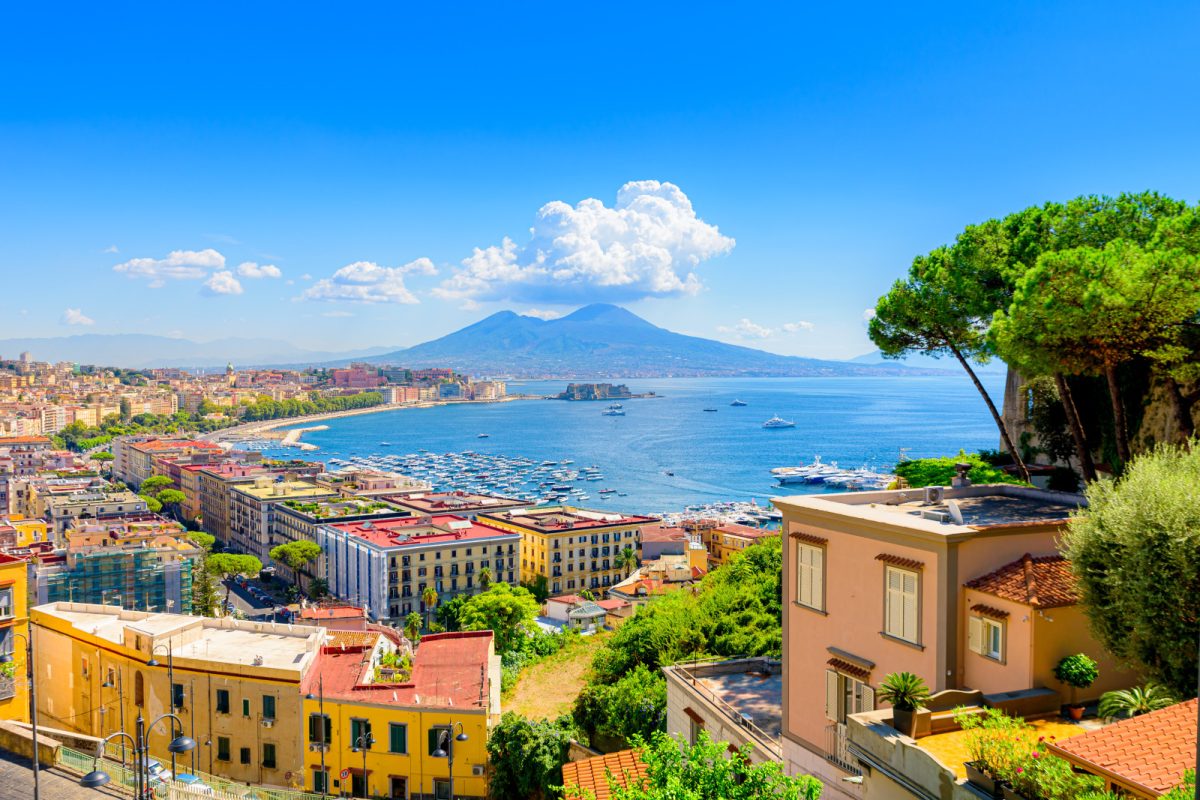
The division between Northern and Southern Italy has deep historical roots. For centuries, the Italian peninsula was fragmented into various kingdoms and city-states before unification in 1861.
Northern Italy benefited from its proximity to other European powers. Cities like Venice, Florence, and Milan became wealthy trading hubs during the Renaissance. This region saw earlier industrialization and economic development.
Southern Italy, in contrast, was ruled by foreign powers for extended periods. The Kingdom of Naples and Sicily experienced feudal systems that persisted longer than in the north. Agricultural practices remained more traditional.
The Risorgimento movement led to Italian unification in the 19th century. However, the process favored northern elites and institutions, creating persistent tensions and disparities.
In the early 20th century, fascist policies under Mussolini aimed to modernize the South. These efforts had limited success and were disrupted by World War II.
Post-war reconstruction concentrated on northern industrial centers. The “Economic Miracle” of the 1950s and 1960s widened the north-south gap. Government attempts to stimulate southern development achieved mixed results.
Key historical factors contributing to the divide:
- Different colonial influences
- Varied pace of industrialization
- Uneven political representation
- Disparate economic policies
These historical dynamics have shaped distinct regional identities and continue influencing modern Italy’s economic landscape.
Cultural Differences
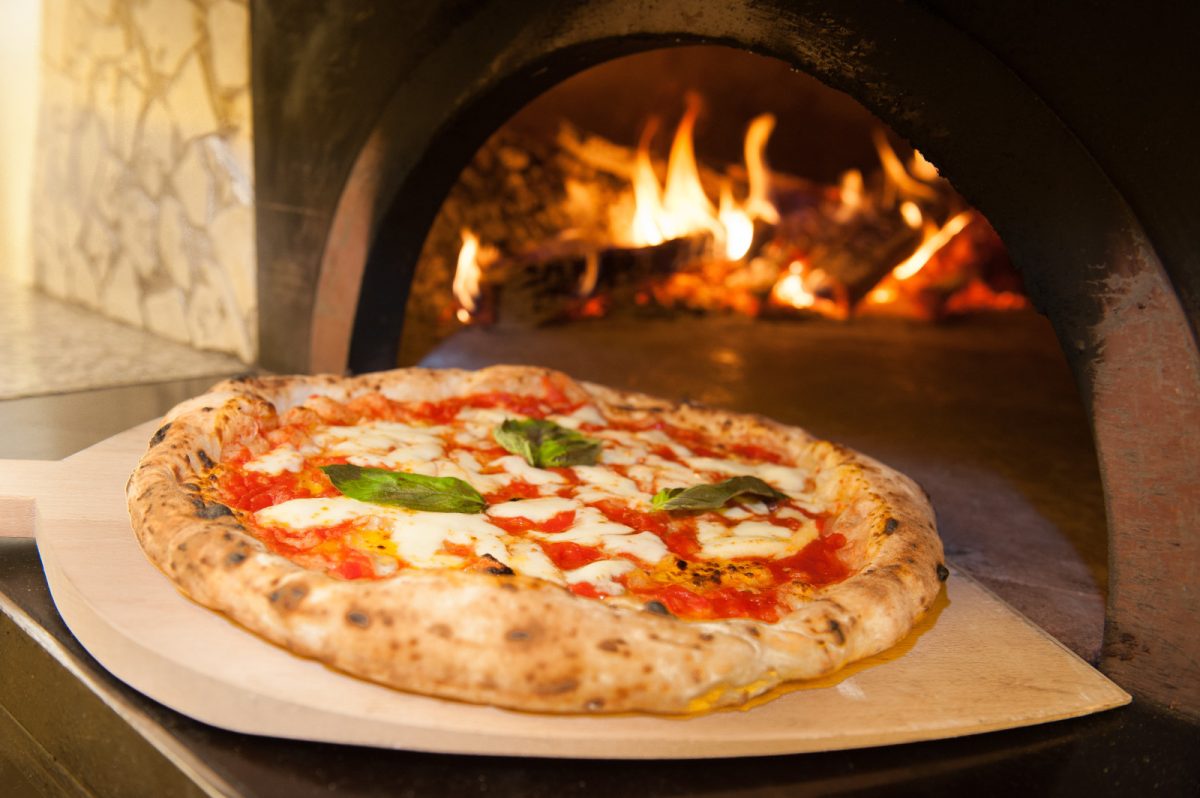
Northern and Southern Italy exhibit distinct cultural characteristics shaped by their unique histories and influences. The North has been influenced by French, Celtic, and Germanic cultures, while the South shows traces of Greek, Arab, and Spanish heritage.
Language differences are noticeable between the regions. Northern dialects often incorporate Germanic or French-inspired words, while Southern dialects may include Greek or Arabic elements. The Tuscan dialect, which forms the basis of standard Italian, serves as a linguistic bridge.
Cuisine varies significantly:
- Rich in butter, cream, and cheese
- Features risottos, polenta, and stuffed pasta
- Emphasizes meat dishes
Southern Italian cuisine:
- Olive oil-based
- Abundant in seafood and vegetables
- Known for pizza, tomato-based sauces, and citrus fruits
Family dynamics differ as well. Southern Italy tends to maintain stronger extended family ties, with multiple generations often living together or nearby. Northern Italy generally adopts a more nuclear family structure.
Religious practices vary, with the South typically being more traditional and devout in its Catholicism. While still predominantly Catholic, the North tends to be more secular daily.
Work culture also shows regional differences. The industrialized North is associated with a fast-paced, business-oriented lifestyle, while the South, with its agricultural roots, often embraces a more relaxed pace of life. These cultural distinctions contribute to Italy’s rich tapestry of traditions and customs, making each region a unique experience for visitors and residents.
See Related: Affordable Cities to Retire in Italy That Rival the Amalfi Coast
Food And Cuisine
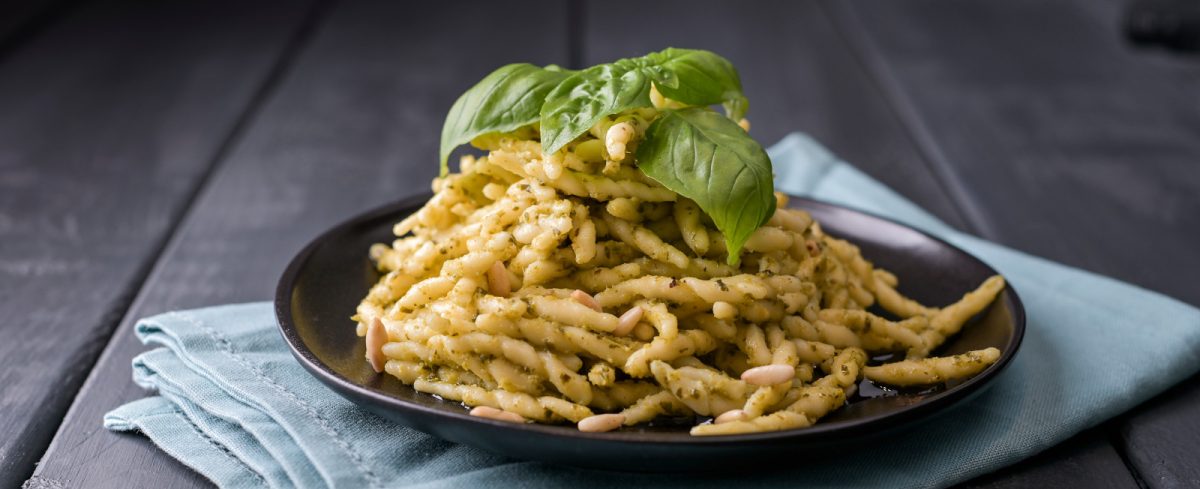
Northern and Southern Italian cuisine differ significantly due to climate, geography, and cultural influences. Northern Italian dishes often feature rice, polenta, and meat, while Southern Italian fare emphasizes pasta, tomatoes, and seafood.
In the North, popular ingredients include butter, cream, and cow’s milk cheeses like Parmigiano-Reggiano. Risotto and gnocchi are staple dishes. Meat plays a central role, with beef, pork, and veal commonly used.
Southern Italian cooking relies heavily on olive oil, tomatoes, and herbs like basil. Pasta is a cornerstone of the cuisine, with varieties like orecchiette and spaghetti featured prominently. Seafood is abundant, reflecting the region’s coastal geography.
Cheese production also varies between regions. Northern cheeses are typically made from cow’s milk, while Southern cheeses often use sheep or goat’s milk. Examples include:
| Northern Cheeses | Southern Cheeses |
|---|---|
| Gorgonzola | Pecorino Romano |
| Asiago | Mozzarella di Bufala |
| Fontina | Ricotta Salata |
Wine preferences also differ. Northern Italy is known for its full-bodied reds, such as Barolo and Amarone, while the South produces lighter wines like Primitivo and Nero d’Avola.
Regional specialties showcase these differences. In the North, one might enjoy osso buco or polenta con funghi. Southern specialties include pizza napoletana and pasta alla Norma.
Desserts also reflect regional distinctions. Northern Italy offers tiramisu and panettone, while the South is famous for cannoli and gelato.
Economic Disparities
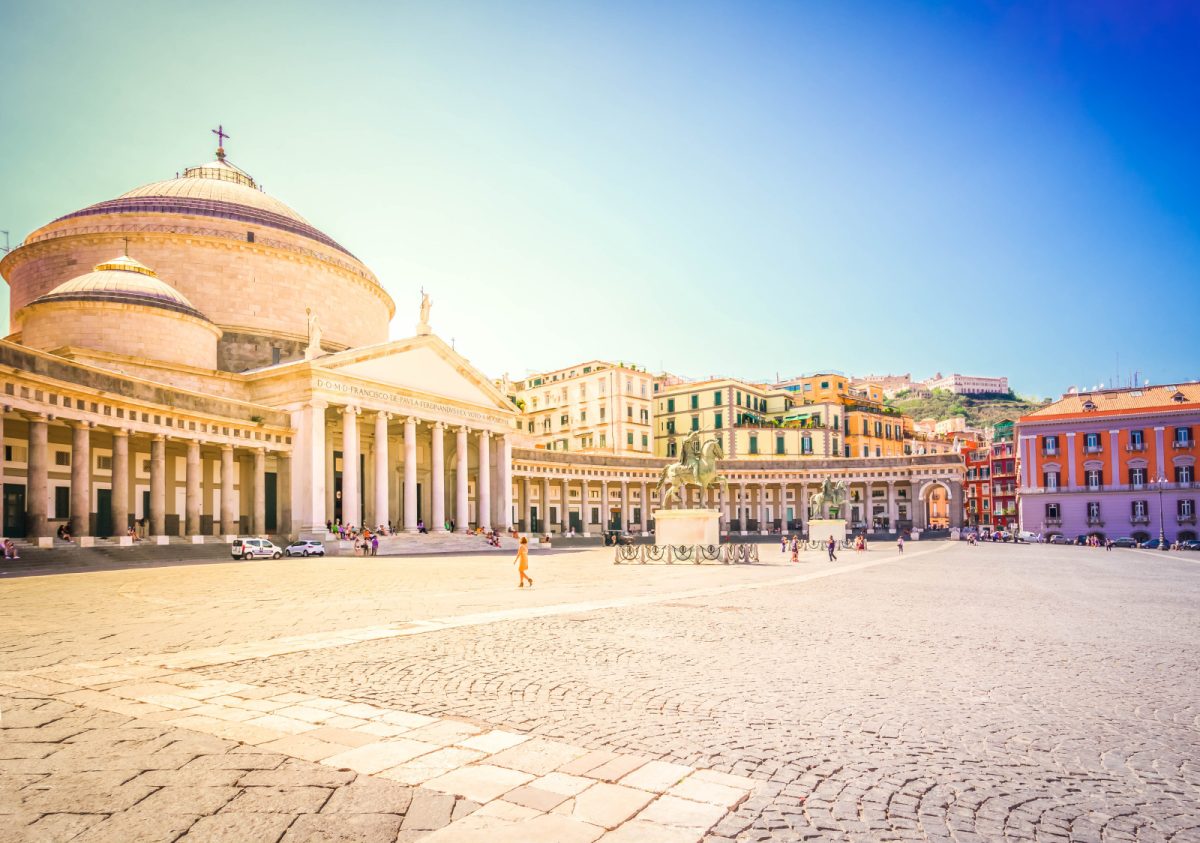
A stark economic divide exists between northern and southern Italy. This gap manifests in key economic indicators and living standards across the regions.
GDP per capita highlights the disparity. Lombardy in the north boasts a GDP per capita of 127% of the EU average. In contrast, Calabria in the south reaches only 56% of the EU average.
Employment rates further illustrate the divide:
- North Italy: 7 out of 10 people employed (ages 20-64)
- South Italy: 5 out of 10 people employed (ages 20-64)
Long-term unemployment plagues the southern regions at significantly higher rates than the north. Industrial concentration plays a major role in the economic imbalance.
Manufacturing and high-value industries cluster predominantly in northern areas. This uneven distribution of industry contributes to productivity and income differences.
The disparity extends beyond purely economic measures. Southern regions lag in:
- Institutional quality
- Educational attainment
- Government efficiency
- Bureaucratic effectiveness
These factors create a challenging economic growth and development environment in the South. Italy’s regional inequality is particularly substantial and persistent compared to other European countries. This divide impacts fundamental economic indicators and socio-institutional features across the nation.
See Related: Sustainable Travel in Italy: Eco-Friendly Destinations and Tips
People And Lifestyle

Northern and Southern Italy showcase distinct lifestyles shaped by historical, economic, and cultural factors. In the North, a faster-paced, industrialized way of life prevails. Cities like Milan and Turin buzz with business activity, and people often prioritize career advancement.
Southern Italians typically embrace a more relaxed, family-oriented lifestyle. Extended families frequently gather for long, leisurely meals. The concept of “la dolce vita” (the sweet life) is more prominent in the South.
Work cultures differ noticeably between regions:
- North: 9-5 workdays, shorter lunch breaks
- South: Longer midday breaks, businesses may close for “riposo” (rest period)
Social interactions vary as well. Northerners tend to be more reserved initially, while Southerners are often quick to engage in warm, animated conversations with strangers.
Food plays a central role in both regions, but with different emphasis:
| North | South |
|---|---|
| Hearty, rich dishes | Light, Mediterranean fare |
| Rice and polenta-based | Pasta and tomato-based |
| More butter used | More olive oil used |
Fashion sensibilities differ, too. Milan, a global fashion capital, influences Northern style with sleek, cosmopolitan trends. Southern fashion leans more colorful and relaxed, reflecting the region’s warmer climate.
Despite these differences, both regions deeply appreciate art, music, and cultural heritage. Italians take pride in their local traditions and history, contributing to the rich tapestry of Italian culture.
Travel Experiences
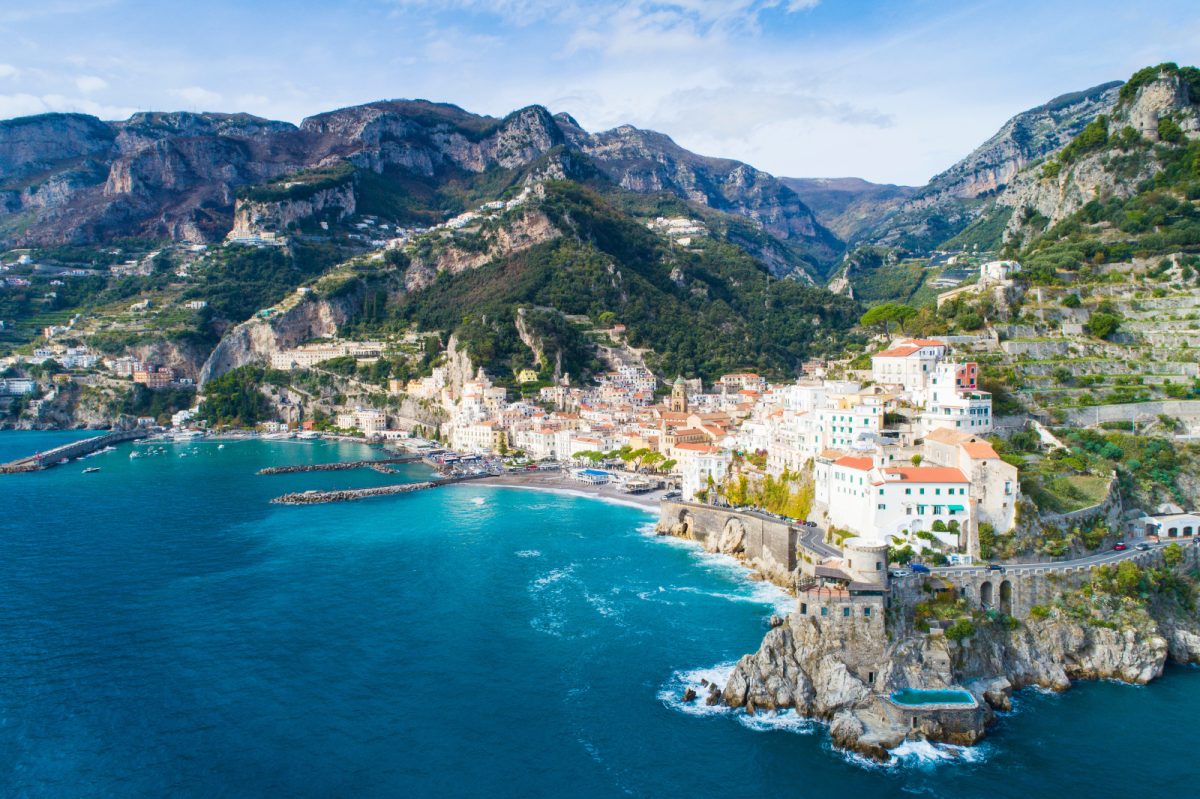
Northern and Southern Italy offer distinct travel experiences, each with its unique charm. Visitors can explore iconic cities like Venice, Milan, and Florence in the north. These urban centers are renowned for their art, architecture, and high fashion.
The Italian Alps provide stunning mountain scenery and world-class skiing opportunities in the winter months. Lake Como and Lake Garda offer picturesque settings for relaxation and water activities.
Southern Italy boasts a more laid-back atmosphere and Mediterranean climate. The Amalfi Coast and Cinque Terre are popular destinations for their colorful coastal towns and dramatic seaside cliffs.
Sicily and Sardinia, the largest Mediterranean islands, feature beautiful beaches, ancient ruins, and unique culinary traditions. Naples, the birthplace of pizza, is a must-visit for food enthusiasts.
Rural experiences differ between the regions:
Northern Italy:
- Tuscany’s rolling hills and vineyards
- Alpine villages and ski resorts
- Agriturismo stays on working farms
Southern Italy:
- Rustic olive groves in Puglia
- Volcanic landscapes of Mount Etna
- Traditional trulli houses in Alberobello
Cultural immersion varies as well. Northern Italy offers Renaissance art and high-end shopping, while the south provides opportunities to witness traditional festivals and folklore.
Both regions boast UNESCO World Heritage sites but with different focuses. The north features architectural marvels, while the south showcases ancient Greek and Roman ruins. Regardless of the destination, travelers can expect warm hospitality, delicious cuisine, and unforgettable experiences throughout Italy.
Reddit Insights
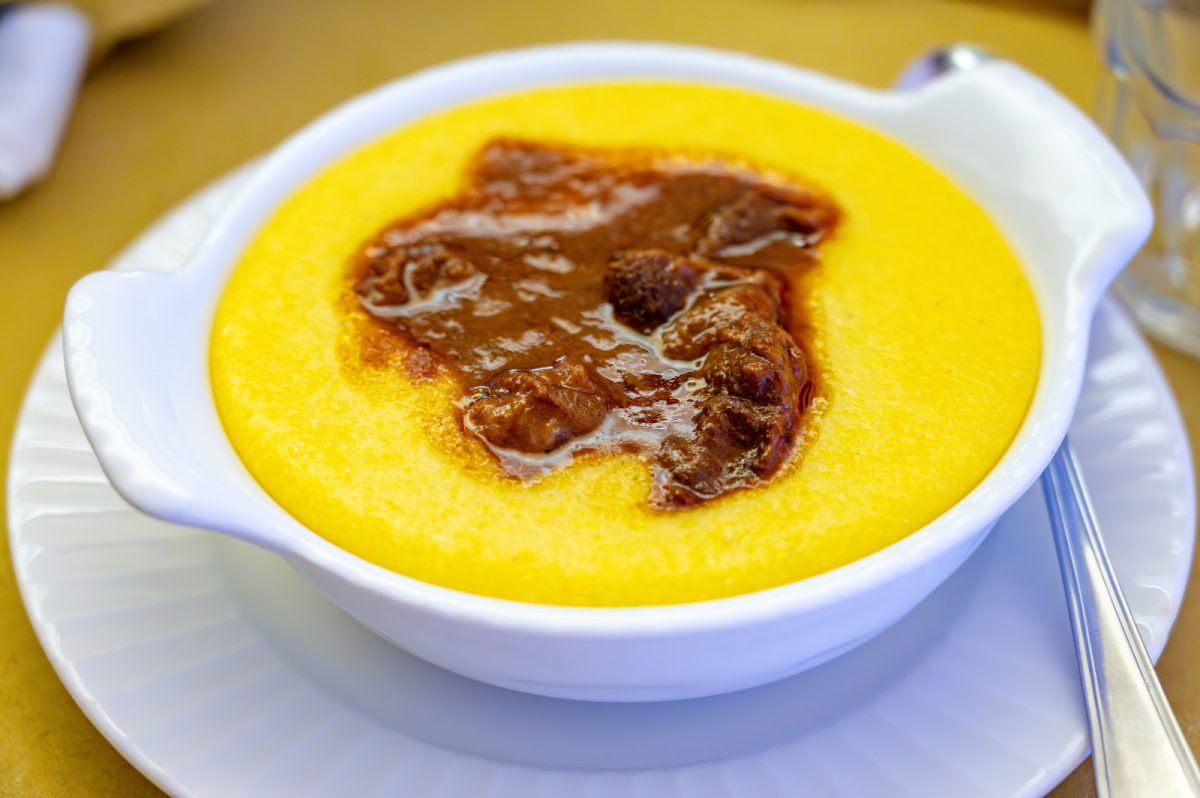
Reddit users offer valuable perspectives on the cultural divide between Northern and Southern Italy. One key difference noted is the level of physical contact. Northerners are generally less comfortable with physical contact than their Southern counterparts.
Business mindsets also vary between regions. Northern Italians are often portrayed as more business-oriented, reflecting the area’s industrial heritage. The Po Valley, in particular, is highlighted as one of Europe’s most industrialized zones.
Historical connections shape regional identities. Northern Italy maintains stronger ties to Germany and France, influencing local culture and traditions. This contrasts with Southern Italy’s distinct historical influences.
Culinary differences are frequently mentioned in Reddit discussions. Northern specialties include:
- Polenta
- Risotto
- Egg pasta
- Cotoletta
Immigration patterns reveal interesting regional distinctions. The United States saw more immigrants from Southern Italy seeking industrial jobs. Meanwhile, South America attracted many Northern Italian farmers looking for open land.
Economic disparities between North and South are a common topic. The Northern regions, especially the Po Valley, boast higher GDP levels. Southern areas face greater economic challenges, sparking debates about cultural factors and government policies.
See Related: How to Travel Italy on a Budget: Tips and Tricks
Sicily: A Special Case
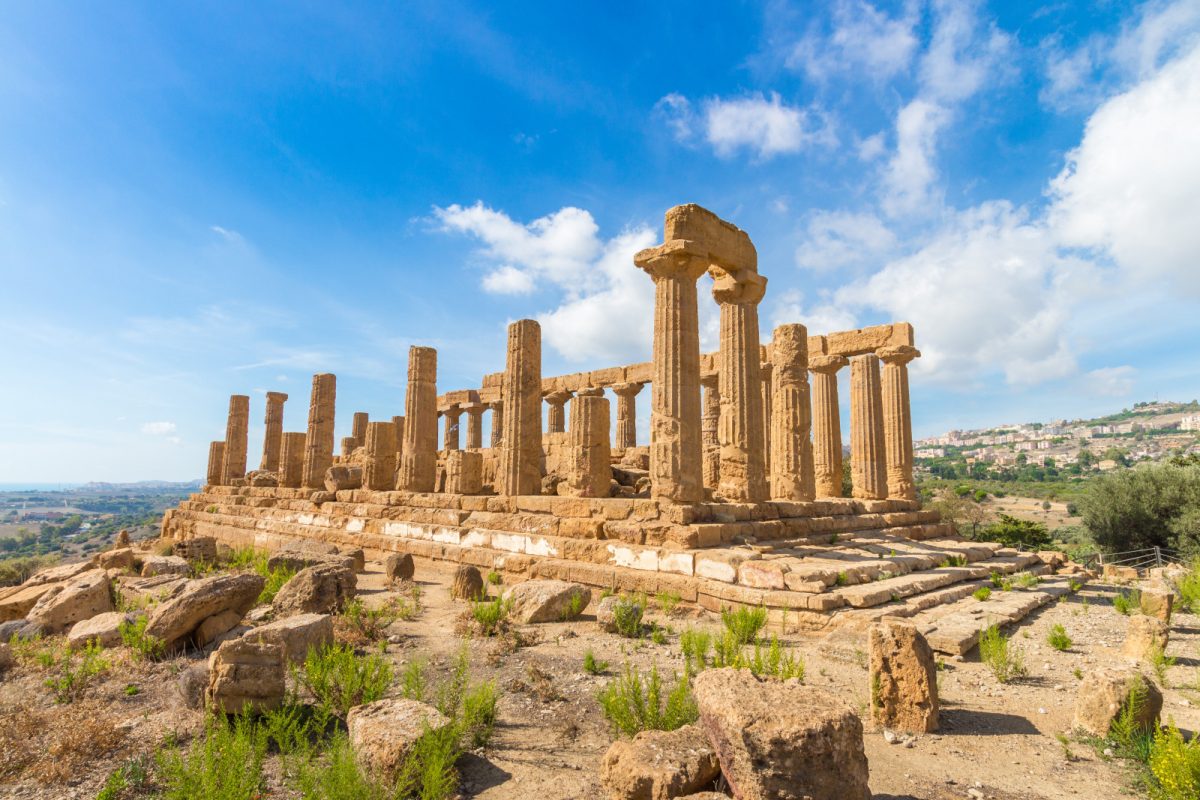
Sicily occupies a unique position within Italy. As the largest island in the Mediterranean, it has a distinct identity shaped by centuries of diverse influences.
While officially part of southern Italy, Sicily’s culture, cuisine, and language set it apart. The Sicilian dialect differs significantly from standard Italian, incorporating Greek, Arabic, and Norman French elements.
Sicily’s history as a strategic crossroads has left an indelible mark on its architecture and traditions. Greek temples, Roman amphitheaters, and Norman cathedrals stand side by side, reflecting the island’s complex past.
The island’s cuisine is a testament to its multicultural heritage. Sicilian dishes often feature ingredients and flavors introduced by various conquerors:
- Arabic influences: Citrus fruits, rice, and spices
- Norman contributions: Meat dishes and sweets
- Spanish additions: Tomatoes and chocolate
Sicily’s economy differs from both northern and southern Italy. Agriculture and tourism play significant roles, with the island famous for its citrus fruits, wines, and beautiful beaches.
The Sicilian landscape is equally diverse, featuring:
- Mount Etna, Europe’s tallest active volcano
- Sandy beaches and crystal-clear waters
- Rugged mountains and fertile plains
Despite being part of Italy, Sicily maintains a strong regional identity. Many Sicilians consider themselves Sicilian first and Italian second, reflecting the island’s unique position within the country.

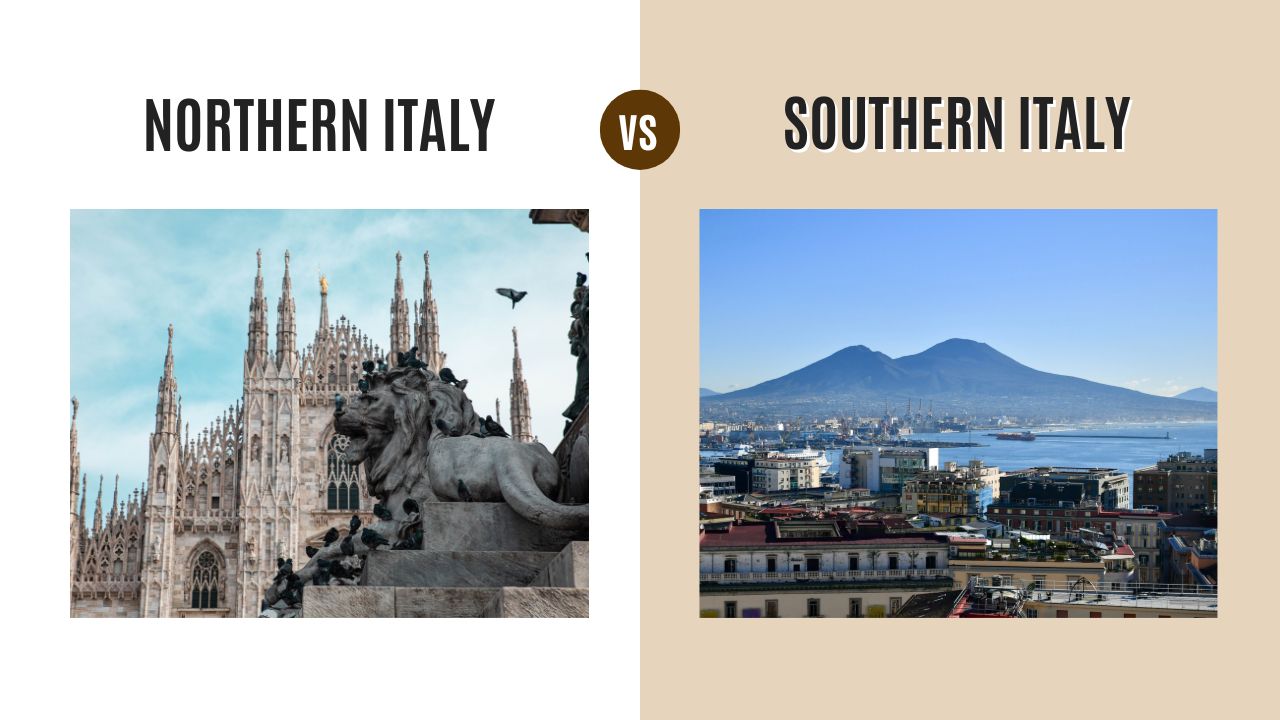
0 Comment